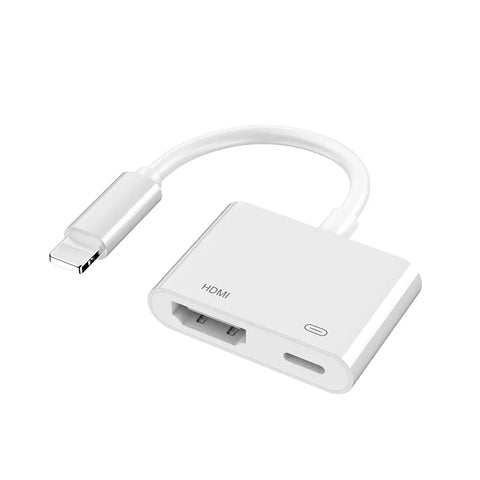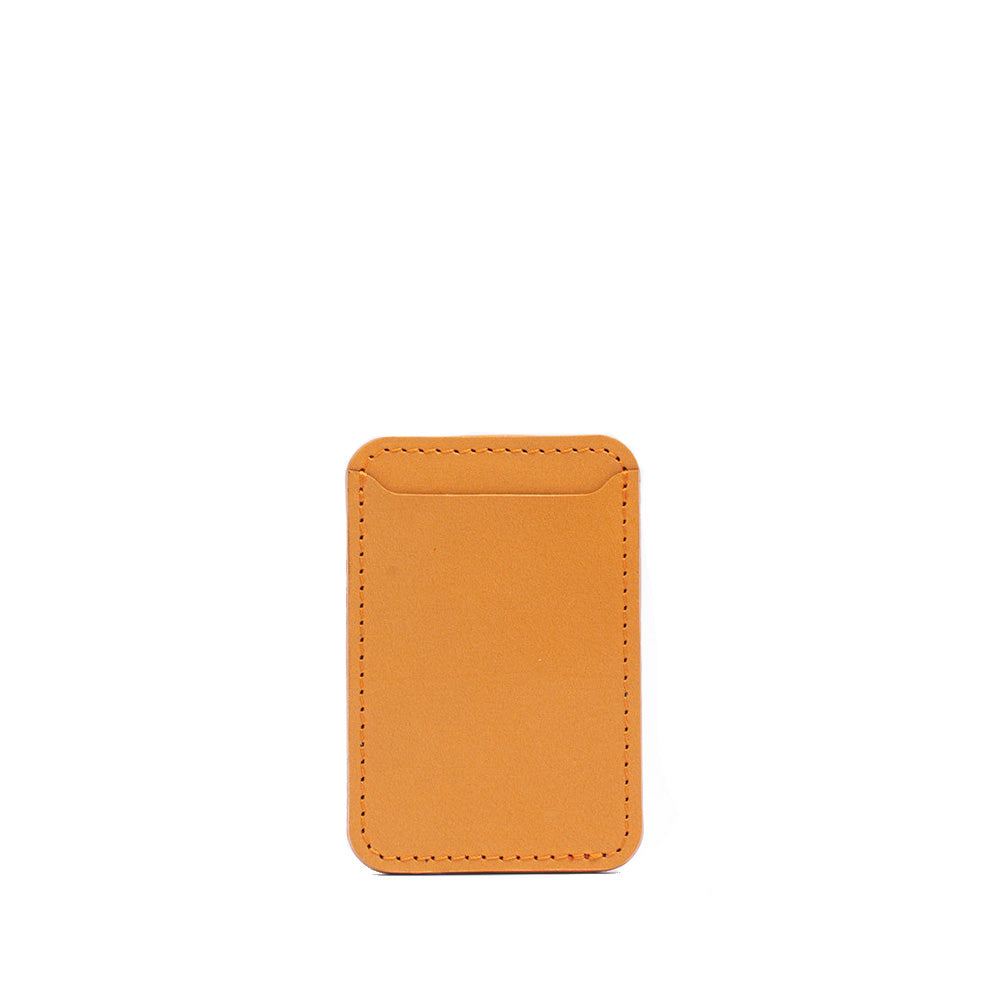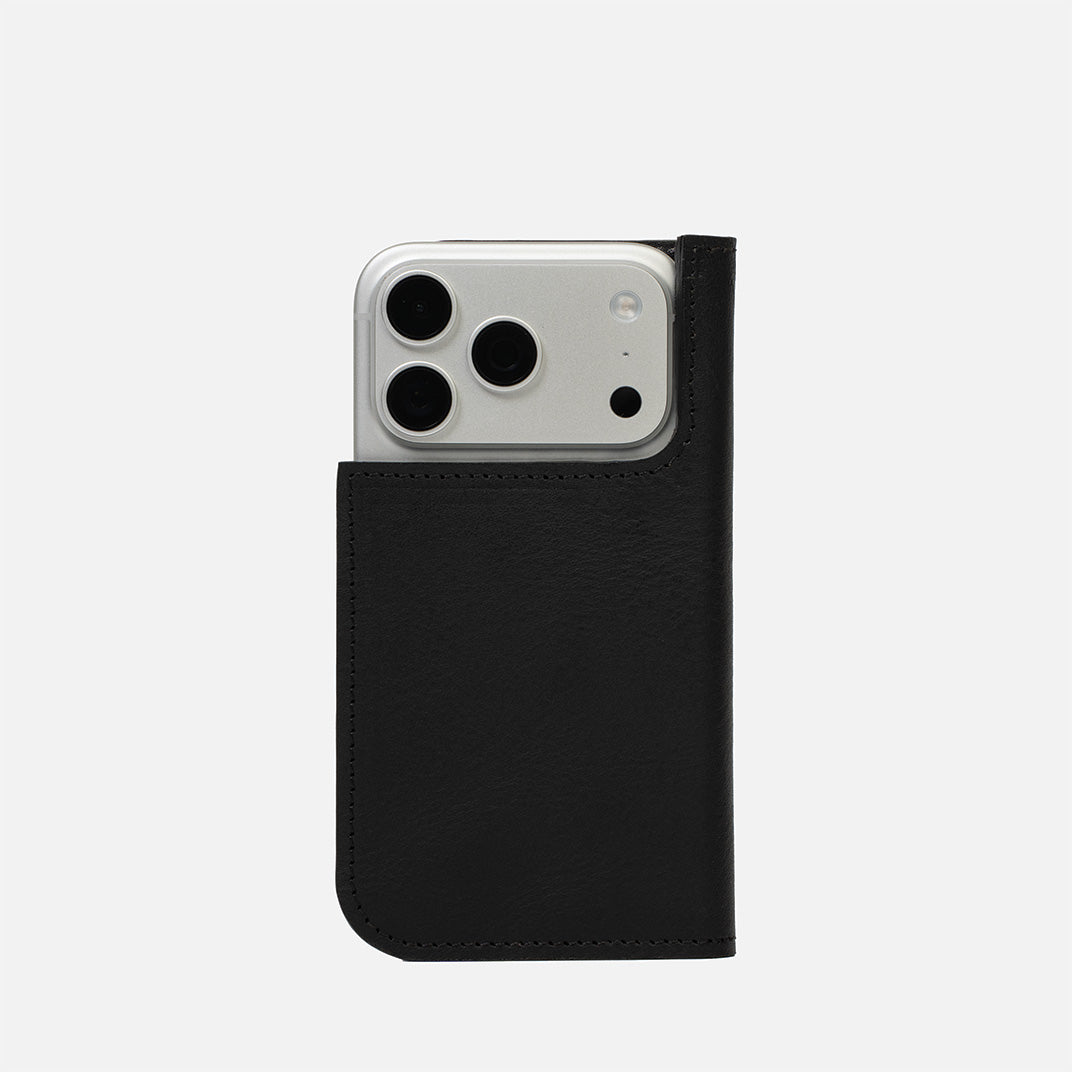Connecting an iPad to an HDMI display opens a world of possibilities, from enhancing presentations to elevating entertainment experiences. This connection, facilitated by the right adapter and cable, allows your iPad's screen to be mirrored or extended onto a larger display, such as a TV, monitor, or projector.

Understanding Compatibility
To connect an iPad to an HDMI display, compatibility is key. Most recent iPad models, especially those with USB-C or Lightning connectors, support HDMI output through the use of specific adapters, such as the USB-C Digital AV Multiport Adapter for USB-C iPads and the Lightning to Digital AV Adapter for iPads with Lightning connectors. HDMI, standing for High-Definition Multimedia Interface, is renowned for its ability to transmit high-definition video and audio through a single cable, offering a seamless and high-quality viewing and listening experience. This feature is invaluable for a wide range of applications, from professional presentations to home entertainment.
To connect your iPad to an HDMI display, you'll need the right adapter and HDMI cable. If your iPad has a Lightning port, use a Lightning to HDMI adapter. For iPads with a USB-C port, opt for a USB-C to HDMI adapter. Choose a high-quality HDMI cable that supports the HDMI 2.0 standard or higher for best performance, ensuring it can handle 4K video and advanced audio formats if needed.
Step-by-Step Connection Guide
- Power On & Unlock iPad: Ensure your iPad is powered on and unlocked.
- Attach Adapter: Connect the appropriate adapter to your iPad's charging port—Lightning or USB-C.
- Connect HDMI Cable: Plug one end of the HDMI cable into the adapter and the other end into your display's HDMI port.
- Select HDMI Input: On your display, switch to the HDMI channel corresponding to the port you used.
- Troubleshooting: If there's no signal, double-check all connections, ensure the HDMI cable is undamaged, and confirm the display supports the iPad's output.
After connecting your iPad to an HDMI display, swipe down from the top right corner of your iPad to access the Control Center. Tap "Screen Mirroring" to see your connection options. Select your HDMI adapter from the list to start mirroring your iPad's screen onto the display. If you encounter issues with display resolution or aspect ratio, adjust these settings directly on your external display through its menu, aiming to match the iPad's screen for a crisp, clear image.
Maintenance and Care
To maintain adapters and cables, regularly inspect for wear or damage, gently coil cables for storage without overbending, and keep connectors clean and dust-free. For safety, avoid exposing your iPad and accessories to moisture or extreme temperatures, use only recommended power sources, and ensure cables are securely connected to avoid tripping hazards or connection issues. Proper care extends the lifespan of your accessories and ensures safe operation.
FAQs: Connecting an iPad to an HDMI Display
Q1: What do I need to connect my iPad to a TV via HDMI? A: To connect your iPad to a TV via HDMI, you'll need an appropriate adapter (Lightning Digital AV Adapter for iPads with Lightning ports or a USB-C Digital AV Multiport Adapter for iPads with USB-C ports) and a compatible HDMI cable. Make sure your TV supports HDMI input.
Q2: How do I mirror my iPad screen on my TV using HDMI? A: First, connect the adapter to your iPad's port. Then, connect one end of the HDMI cable to the adapter and the other end to your TV. Turn on the TV and select the correct HDMI input. Your iPad's display should now appear on your TV.
Q3: Can I connect my iPad to a TV wirelessly instead of using HDMI? A: Yes, you can use AirPlay to connect your iPad to an Apple TV or an AirPlay 2-compatible smart TV wirelessly. Ensure both devices are on the same Wi-Fi network, then use the Screen Mirroring option in the Control Center of your iPad to select your Apple TV or compatible smart TV.
Q4: What are some common issues when connecting an iPad to an HDMI display and their solutions? A: Common issues include "No Signal" messages or resolution mismatches. Double-check your cable connections, ensure the HDMI input is correctly selected on your display, and adjust your iPad’s display settings for resolution. Also, ensure your iPad is awake and unlocked. For apps not displaying correctly, check for updates or alternatives that support external displays better.
Q5: Can I use my iPad as a monitor via HDMI? A: While direct use of an iPad as an external monitor via HDMI for another device is not standard practice, certain third-party apps and accessories can help achieve similar functionality. Typically, iPads are used as secondary screens for Macs via Sidecar or third-party apps like Duet Display.




